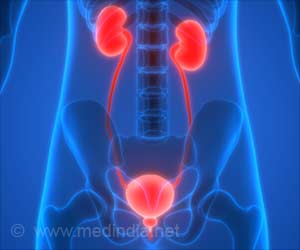A new discovery made by scientists may help boost their understanding of autism, schizophrenia and intellectual disability.

In the new study, the team studied SIRP alpha function in the brain -- and started to understand its role in synapse stabilization. They focused on the hippocampus, a region of the brain very important to learning and memory.
Through a range of experiments, they showed that when a brain cell receives signals from a neighbouring cell across a synapse, it actually releases SIRP-alpha into the space between the cells. It does this through the action of molecules inside the cell -- called CaMK and MMP -- that act like molecular scissors, cutting a SIRP-alpha protein in half so that it can float freely away from the cell.
The part of the SIRP-alpha protein that floats into the synapse "gap" latches on to a receptor on the other side, called a CD47 receptor. This binding, in turn, appears to tell the cell that the signal it sent earlier was indeed received -- and that the synapse is a good one. So, the cell brings more chemical signaling molecules down that way, and releases them into the synapse.
As more and more nerve messages travel between the "sending" and "receiving" cells on either side of that synapse, more SIRP-alpha gets cleaved, released into the synapse, and bound to CD47.
The researchers believe this repeated process is what helps the cells determine which synapses to keep -- and which to let wither.
Advertisement
Source-ANI












